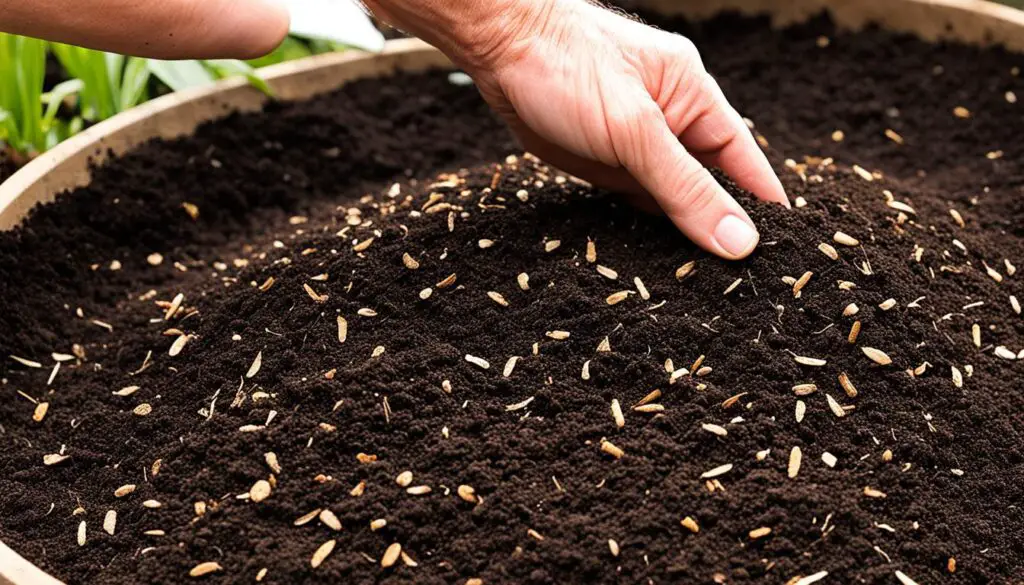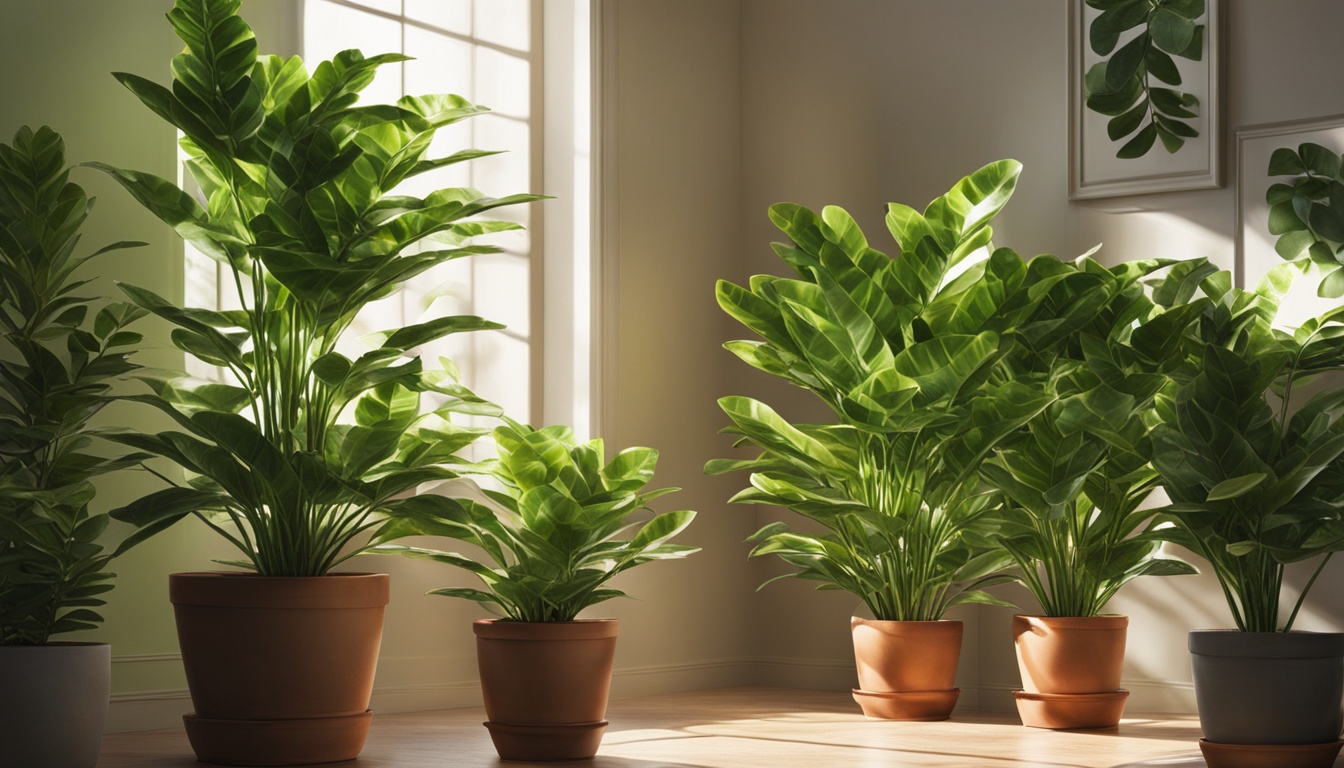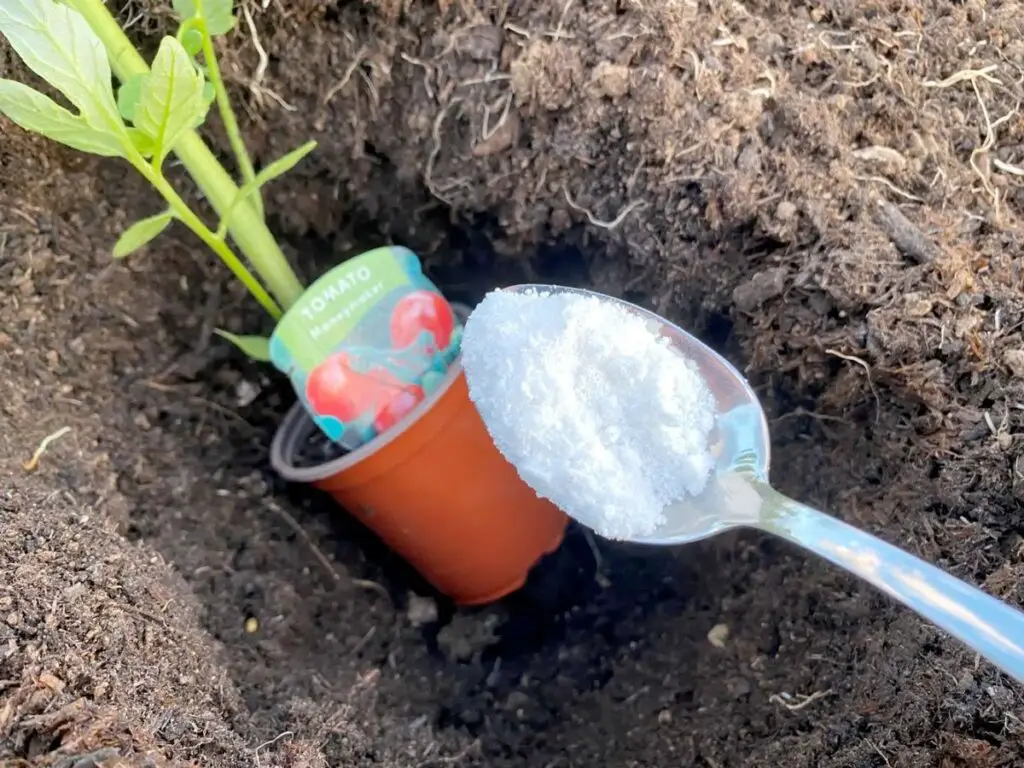I love gardening and have found that the key to healthy plants is the soil they grow in. Store-bought soil can be pricey and often doesn’t have all the nutrients plants need.
That’s why I make my own potting soil at home. It’s a big difference for my container garden!
In this guide, I’ll share my recipe for making the best potting soil. You’ll learn about the key ingredients, how to customize it, and why making your own saves money.
This mix is great for growing veggies, flowers, or houseplants, giving them the best start.

Key Takeaways
- Learn how to make nutrient-rich potting soil for healthy plant growth
- Discover essential ingredients like compost, coir, and perlite for your DIY blend
- Explore customized potting soil recipes for specific plant needs
- Understand the benefits of making your own potting mix, including cost savings
- Gain tips for blending, storing, and adjusting your homemade potting soil
What is Potting Soil and Why Make Your Own?
Potting soil, also known as potting mix, is a special mix for growing plants in containers. It’s lighter and drains better than garden soil.
This makes it perfect for container gardens. Making your own potting soil lets you match the mix to your plants’ needs, giving them the best growing conditions.
Understanding the Difference Between Potting Soil and Garden Soil
Garden soil is heavy and full of minerals and organic matter, great for planting in the ground. Potting soil is different.
It’s a mix of peat moss, coir, perlite, and vermiculite. These ingredients improve drainage, aeration, and nutrient holding for plants in containers.
Benefits of Making Homemade Potting Soil
- Complete control over the ingredients and texture of the potting mix
- Ability to create customized blends tailored to the specific needs of your plants
- Significant cost savings compared to store-bought potting soil options
- Ensuring your plants receive the precise nutrients and drainage they require for optimal growth
By making your own potting soil, you can tailor a growing medium for your container garden. This saves money and helps your plants grow well.
Essential Ingredients for DIY Potting Mixes
Creating your own potting soil is all about knowing the key ingredients. These include sphagnum peat moss and coir fiber as base materials. Also, perlite and vermiculite are added for their air, water, and nutrient balance.
Sphagnum Peat Moss or Coir Fiber
Sphagnum peat moss is a common base for potting mixes. It keeps moisture in but also lets water drain well.
But, with worries about peat harvesting, coir fiber from coconuts is now seen as a green choice. It works just as well in potting mixes.
Perlite and Vermiculite
Perlite and vermiculite are key for better aeration and moisture in potting soil. Perlite stops the soil from getting too dense. Vermiculite keeps moisture and nutrients in the soil.
Compost and Organic Fertilizers
Adding compost and organic fertilizers like bone meal and greensand boosts your mix. Compost makes the soil better at holding water and nutrients. Organic fertilizers feed plants slowly, giving them what they need to grow strong.

“Peat moss is an essential base for many potting mixes, providing aeration and water retention for plants. Coco coir is gaining popularity as a sustainable alternative to peat moss, with a low environmental footprint.”
Make Potting Soil: Recipe for General-Purpose Blend
Making your own potting soil is easy and saves money. It’s a great way to help your garden in containers grow well.
This mix uses common ingredients to make a soil that’s good for many plants. You can grow flowers, veggies, houseplants, and trees in it.
This recipe for all-purpose potting soil includes:
- Sphagnum peat moss or coconut coir fiber – to keep the soil moist and well-aired
- Perlite – to help water drain and prevent the soil from getting too dense
- Compost – to feed the plants with nutrients
- Slow-release organic fertilizer – to keep nutrients available for a long time
By mixing these ingredients in the right amounts, you make a top-quality soil. This soil will support your plants in containers to grow well.
| Ingredient | Amount |
|---|---|
| Sphagnum peat moss or coconut coir | 3 parts |
| Perlite | 1 part |
| Compost | 1 part |
| Slow-release organic fertilizer | 1/2 part |
To make this DIY potting soil recipe, just mix the ingredients well in a big container or on a tarp.
Then, you can fill containers and planters with this homemade potting mix. It’s perfect for your all-purpose container gardening needs.
“Creating your own potting soil is a rewarding way to give your container plants the ideal growing medium they need.”
Customizing Potting Mixes for Specific Plants
Not all plants need the same potting soil. Each plant has its own needs for soil texture, drainage, and nutrients. By making custom potting mixes, you can make sure your plants grow well.
Potting Soil Recipe for Seed Starting
A finer, lighter-textured potting soil for seed starting is perfect for seeds and cuttings. It has more peat moss or coir and less heavy compost. This mix is sterile and drains well, helping seeds germinate and roots grow strong.
- 2 parts peat moss or coir
- 1 part perlite
- 1/2 part vermiculite
- 1/4 part compost (optional)
Potting Mix for Succulents and Cacti
Cacti and succulents do well in a coarse, fast-draining potting soil for succulents and cacti. This mix has more sand and peat moss or coir. It creates a dry, airy space that these drought-tolerant plants love.
| Ingredient | Ratio |
|---|---|
| Coarse sand | 2 parts |
| Peat moss or coir | 2 parts |
| Perlite or pumice | 1 part |
By adjusting your DIY potting medium for your plants, you can create the best conditions for a healthy garden.

Tips for Blending and Storing Homemade Potting Soil
Making your own potting soil is a great way to save money and give your plants the best start. It’s important to mix all the ingredients well until they’re evenly blended.
Adding water to the mix before using it helps keep the moisture and nutrients balanced.
After making your potting soil, keeping it fresh is key. Put any extra in a sealed container, like a plastic trash can.
This keeps the mix moist and full of nutrients, stopping it from drying out or losing its goodness.
Even when stored right, potting soil’s nutrients can fade over time. To keep your plants healthy, add more organic fertilizers or compost when needed. These easy steps will help your custom potting soil last longer and work better for your plants.
| Potting Soil Ingredient | Recommended Ratio |
|---|---|
| Peat Moss or Coco Coir | 1.5 buckets |
| Perlite | 1 bucket |
| Organic Fertilizer | 1.5 cups |
| Native Garden Soil | 0.5 buckets |
| Compost | 1 bucket |
The secret to great potting soil is blending and storing it right. By using these tips, you can make sure your homemade mix gives your plants the best chance to grow well.
“Storing homemade potting soil in an airtight container is crucial for maintaining its quality and nutrient content.”
Adjusting pH and Adding Nutrients
Getting the right pH and nutrient levels in your potting soil is key for your plants to grow well. Most mixes are acidic because they have peat moss, which is great for plants like blueberries and rhododendrons. But, if you have plants that like neutral to slightly alkaline soil, you’ll need to adjust.
To balance the pH of your potting soil, test it first. If it’s too acidic, add ground limestone or dolomitic lime to get the pH between 6.0 and 7.0. If it’s too alkaline, use elemental sulfur or aluminum sulfate to lower the pH.
It’s also vital to replenish the essential nutrients your plants need. Use organic fertilizers like bone meal, blood meal, and greensand. These give out nitrogen, phosphorus, and potassium slowly. This keeps nutrient levels in container gardens right, helping your plants grow well.
Finding the right balance between pH and nutrients is crucial for a healthy container garden. By adjusting the pH and adding the right fertilizers, you make the perfect environment for your plants. This is true whether you’re balancing potting soil pH or adding fertilizer to homemade potting mix.
Cost Savings of DIY Potting Soil Mixes
As a container gardener, I’ve found making my own potting soil saves a lot of money. Instead of buying pre-made mixes, I buy the ingredients and mix them myself. This way, I cut my potting soil costs by up to two-thirds.
For example, 15 cubic feet of commercial potting mix can be around $100 or $70 for cheaper ones. But, ingredients like coco coir and compost are much cheaper. Coco coir, a peat moss alternative, costs about $10 for a large block that expands a lot.
Half a yard of bulk coco coir is only $20 from a local supplier. Mixing these affordable ingredients helps me save a lot compared to buying potting mixes.
Creating my own DIY potting soil mixes is the best way to save on container gardening. It lets me save money and control the soil quality my plants need.
With some time and effort, I can enjoy making my own potting soil. This ensures my container plants get the best growing medium to thrive.
FAQ
What is the difference between potting soil and garden soil?
Potting soil is different from garden soil. It’s a special mix made for plants in containers. It’s lighter, drains better, and is more consistent than garden soil.
What are the benefits of making your own potting soil?
Making your own potting soil lets you tailor mixes for your plants’ needs. It can also save you money, as homemade mixes are often cheaper than store-bought ones.
What are the essential ingredients for DIY potting mixes?
Key ingredients include sphagnum peat moss or coir fiber, perlite, and vermiculite for drainage. Add compost and organic fertilizers for nutrients.
What is a basic recipe for an all-purpose potting soil blend?
A basic mix combines sphagnum peat moss or coir fiber, perlite, compost, and natural fertilizers. It works well for many plants in containers.
How do I customize potting mixes for specific plants?
For seeds, use a light mix with more peat moss or coir and less perlite. For cacti and succulents, choose a coarse mix with more sand for better drainage.
How do I properly blend and store homemade potting soil?
Mix all ingredients well until it’s consistent. Add water to keep it moist. Store extra in a sealed container to keep it fresh.
How do I adjust the pH and add nutrients to my homemade potting soil?
If your mix is acidic, add limestone to raise the pH. Use organic fertilizers like bone meal, blood meal, and greensand for nutrients.
How much money can I save by making my own potting soil?
Making your own potting soil can cut costs by up to two-thirds compared to store-bought mixes. By buying ingredients yourself, you save money.



